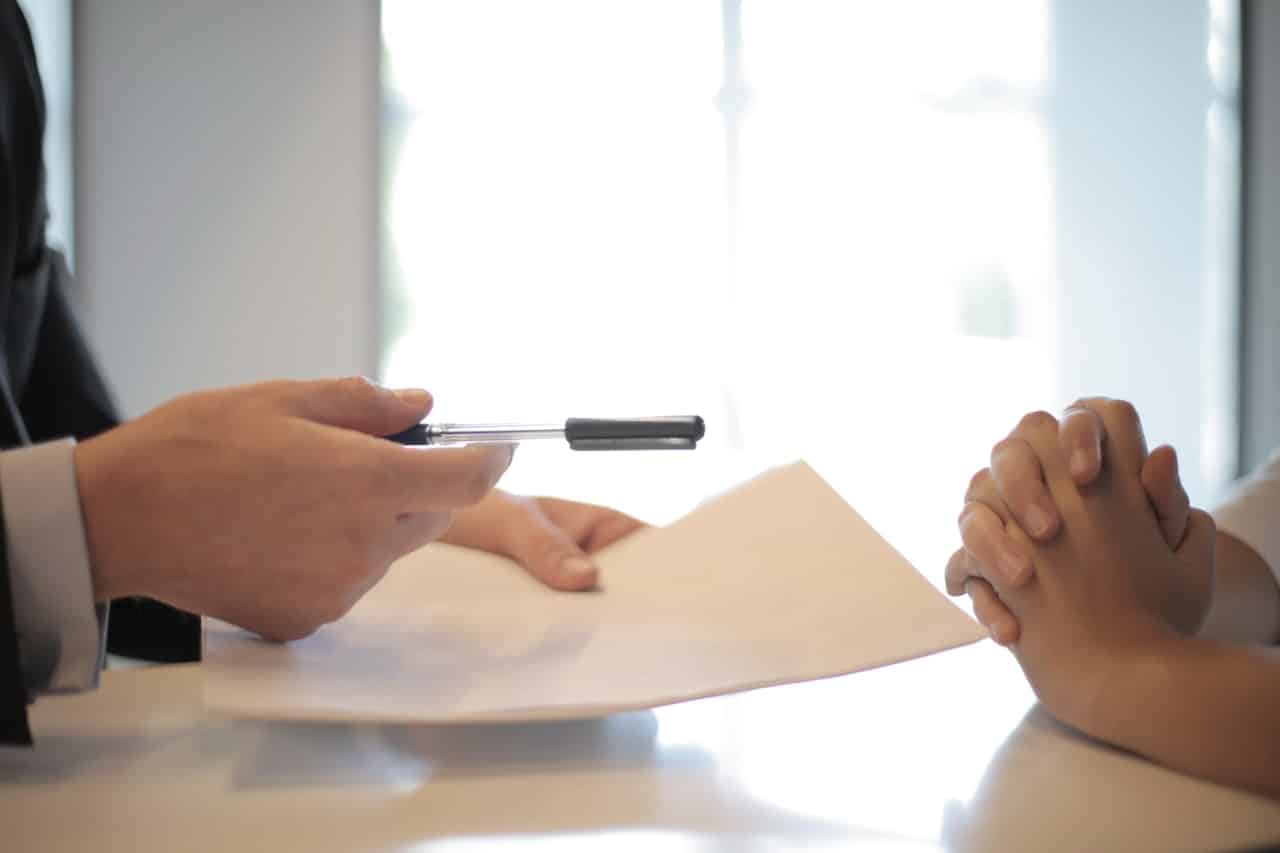The Economic Injury Disaster Loan program (EIDL) was designed to give small businesses grants and low-cost loans to assist with the economic downfall from COVID-19. These loans come directly from the government and give businesses funding for up to six months to not only assist with payroll to keep people employed but also for general operational expenses.
Table of Contents
EIDL Business Loans
For small business owners whose businesses have been impacted by COVID-19, the opportunity to apply for an EIDL would feel like a God-send. And states like Arizona are one of the first to issue new $300 COVID-19 unemployment benefits. Unemployed or partially unemployed Arizonans are some of the lucky few to receive this type of assistance through their state. But, it’s a very different story for business owners in different states.
For millions of business owners all over the world, their business’ ONLY saving grace is approval for an EIDL.
Because COVID-19 has negatively impacted so many businesses, business owners aren’t willing to throw everything they’ve worked so hard for in the trash, or they’re at least not willing to give it up without a fight… desperate times call for desperate measures, right?
Well, it’s this “survival of the fittest” mentality as well as desperation that pigeon-holed lots of business owners into applying for the EIDL… And there’s nothing wrong with applying for the loan as long as you know what you’re signing up for. Unfortunately, out of desperation, many business owners just saw the loan as an opportunity to help save their business and keep their employees employed without reading the fine print and fully understanding the terms and requirements of the loan.
If you’re a business owner that has been negatively impacted by COVID-19 and are considering applying for an EIDL, take a moment to really read the fine print to see what you’re actually signing up for and potentially giving up in exchange for the loan. Here are a few things you need to know about the EIDL terms and requirements.
Terms and Requirements For an EIDL
Hazard Insurance Required on All Assets
EIDL hazard insurance is required for all borrowers and must cover all assets up to 80% of the overall value of the assets. Once you’ve obtained your EIDL hazard insurance, you must not only show proof of it to the Small Business Administration (SBA) but you must also maintain the insurance for the entire term of your loan.
Pledge of All Assets
If you do make the decision to apply for an EIDL, and it’s less than $200,000, then personal guarantees aren’t required, but anything in excess of $25,000 is required to be secured by a blanket pledge of all assets for all borrowers.
Also, if you have an existing secured loan, getting approved for an EIDL could trigger a penalty or technical default with your current secured loan. So before applying for an EIDL, be sure you communicate with your current secured loan lender to ensure you’re not violating any terms of your agreement.
Future Loans Must Be Repaid to EIDL
Let’s say you’ve gotten approved for your EIDL but a few months later you get approved for another loan… The new loan you just acquired must be utilized to retire your EIDL. So don’t look at any future loans as an addition to your already acquired EIDL… You will have to repay those funds back.
COVID-19 has impacted the entire world in some way but it has especially impacted small business owners. An EIDL is a form of financial relief for your business and employees, but again, before you deem this as your business’ saving grace, be sure to read the fine print and make sure that you’re able and willing to meet all requirements and agree to all terms of the loan.
These terms have come as a surprise for many borrowers because they weren’t fully aware of all the terms and requirements that came with it. Whether it’s an EIDL or any other type of loan, do your homework and make sure you’re reading up on everything that comes with the term of the loan. If your business is already in debt, the last thing you need is a loan to put your business into more debt.










